

gmd.copernicus.org/articles/18/...
(at 114 pages, the longest paper I've ever been a part of 😅)

gmd.copernicus.org/articles/18/...
(at 114 pages, the longest paper I've ever been a part of 😅)


Perdonadme los errores de género y subjuntivo 😆
www.rtve.es/play/audios/...
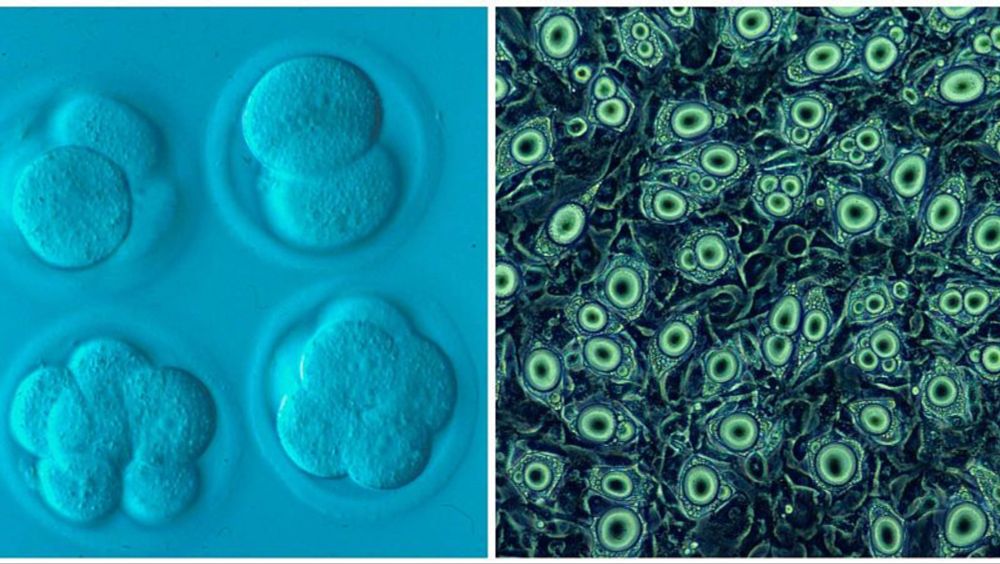
Perdonadme los errores de género y subjuntivo 😆
www.rtve.es/play/audios/...
@noaa.gov had a wonderful site where you could visualize and download these data, and now it's just gone. These data belong to us and we should not let this happen!
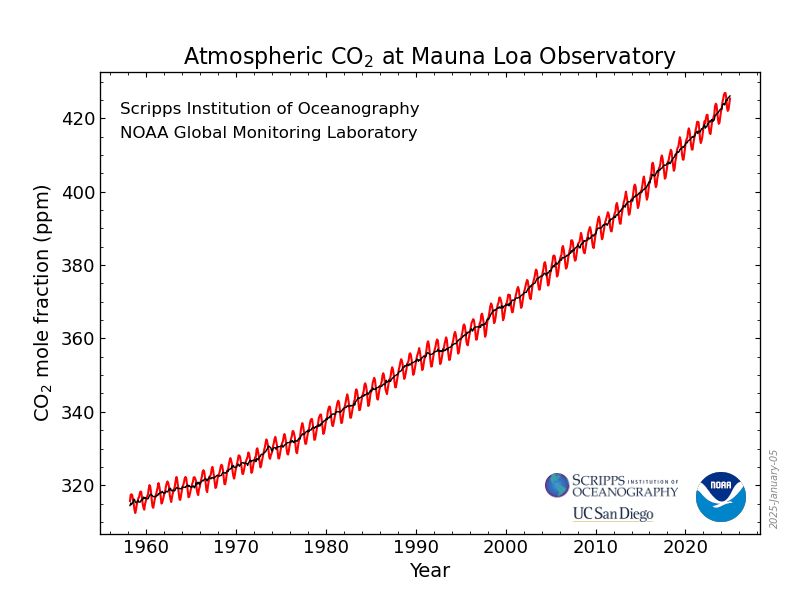
@noaa.gov had a wonderful site where you could visualize and download these data, and now it's just gone. These data belong to us and we should not let this happen!
Interview: www.ecoshock.org/2025/01/merc...
Paper: www.science.org/doi/10.1126/...
Interview: www.ecoshock.org/2025/01/merc...
Paper: www.science.org/doi/10.1126/...
We will be organizing a cross-cutting session on mercury (Hg) biogeochemical cycling 🎄🐟🌬️🌡️. Submit here: meetingorganizer.copernicus.org/EGU25/sessio...

We will be organizing a cross-cutting session on mercury (Hg) biogeochemical cycling 🎄🐟🌬️🌡️. Submit here: meetingorganizer.copernicus.org/EGU25/sessio...
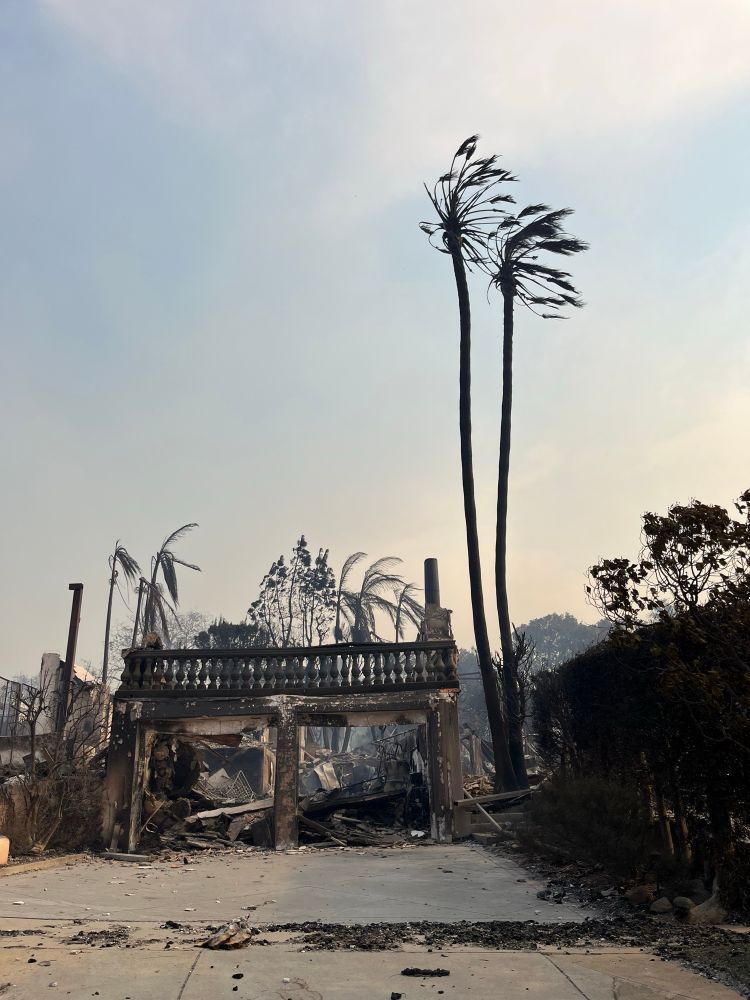
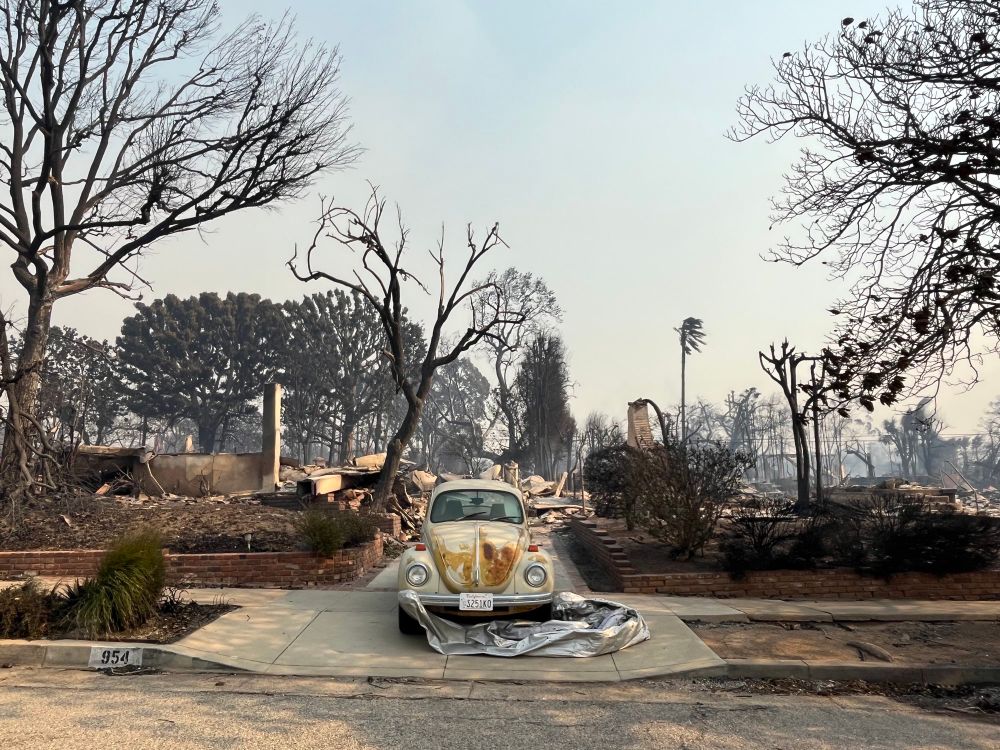
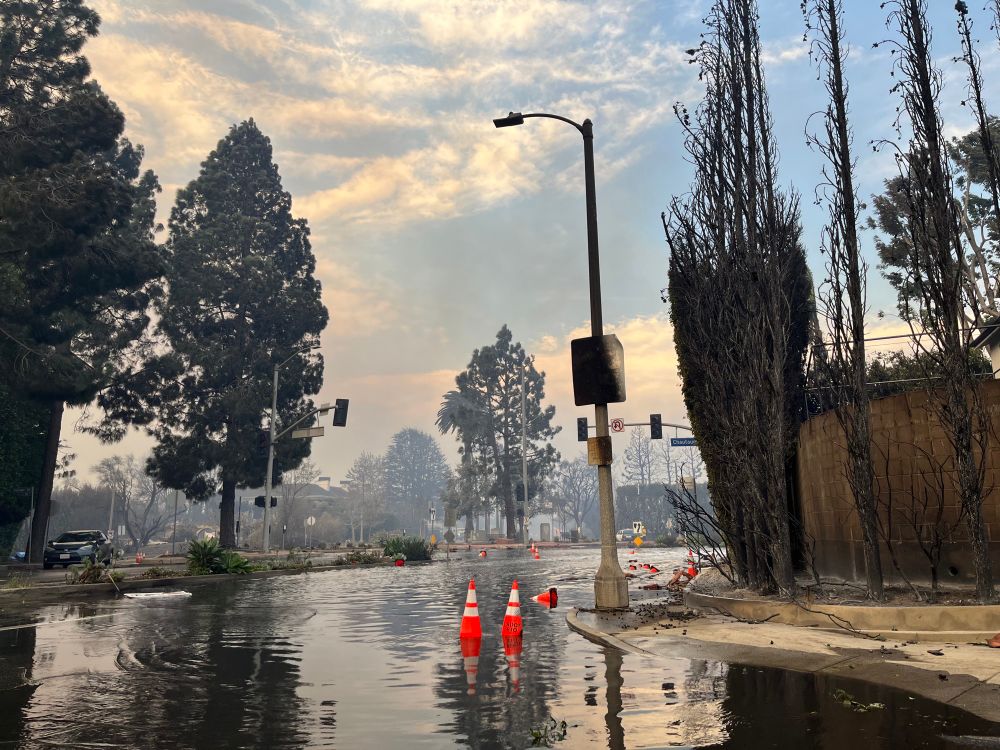
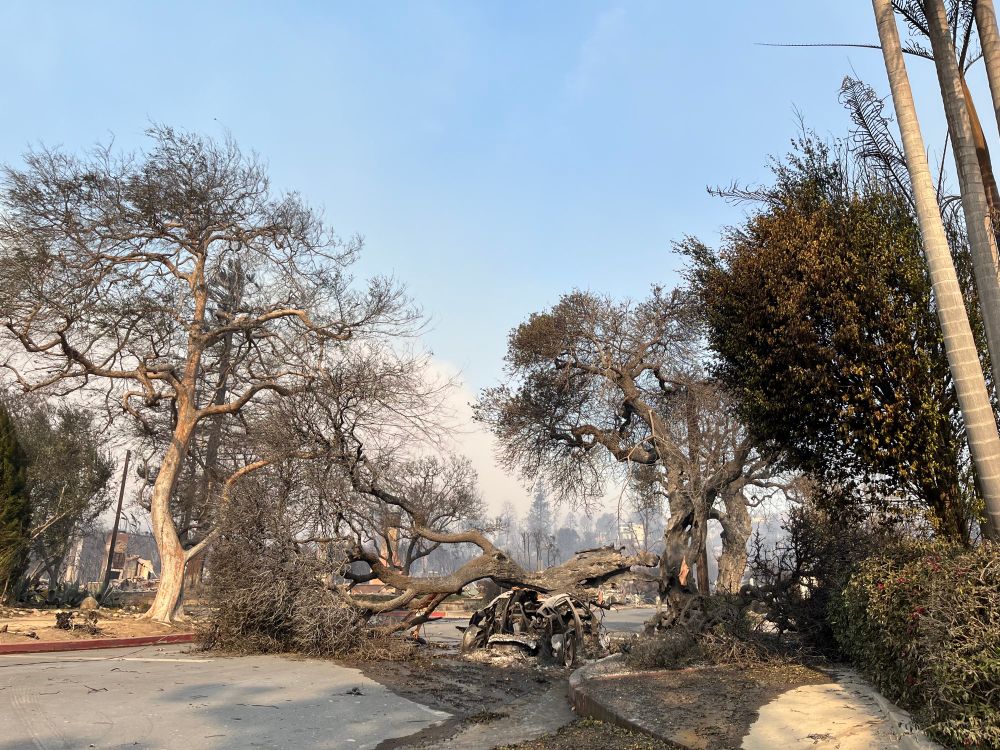
www.science.org/doi/10.1126/...
#atmoschem #MakeMercuryHistory

www.science.org/doi/10.1126/...
#atmoschem #MakeMercuryHistory


www.pnas.org/doi/10.1073/...


We will be organizing a cross-cutting session on mercury (Hg) biogeochemical cycling 🎄🐟🌬️🌡️. Submit here: meetingorganizer.copernicus.org/EGU25/sessio...

We will be organizing a cross-cutting session on mercury (Hg) biogeochemical cycling 🎄🐟🌬️🌡️. Submit here: meetingorganizer.copernicus.org/EGU25/sessio...
Check out this super exciting paper, which changes our understanding on the effect of oceanic sulphur.
www.science.org/doi/10.1126/...

Check out this super exciting paper, which changes our understanding on the effect of oceanic sulphur.
www.science.org/doi/10.1126/...
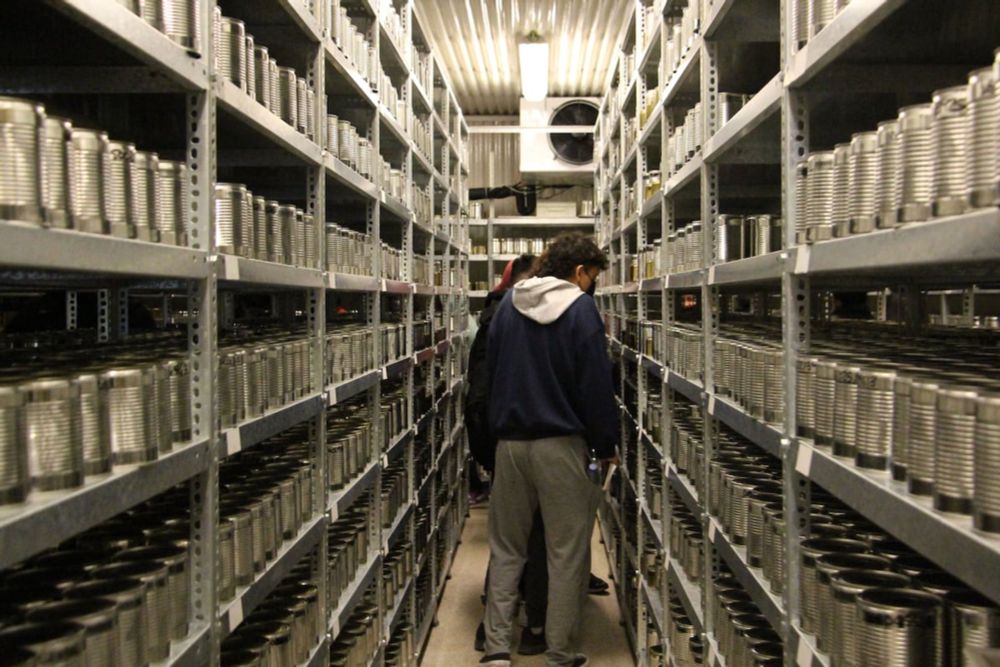

We find that mercury concentrations in the Northern Hemisphere have declined by 10% from 2005 to 2020! Read on to find why this surprised us...
We find that mercury concentrations in the Northern Hemisphere have declined by 10% from 2005 to 2020! Read on to find why this surprised us...
Paper: pubs.acs.org/doi/10.1021/...
OA PDF: doi.org/10.31223/X5T...
MIT news: news.mit.edu/2024/study-g...

Paper: pubs.acs.org/doi/10.1021/...
OA PDF: doi.org/10.31223/X5T...
MIT news: news.mit.edu/2024/study-g...

